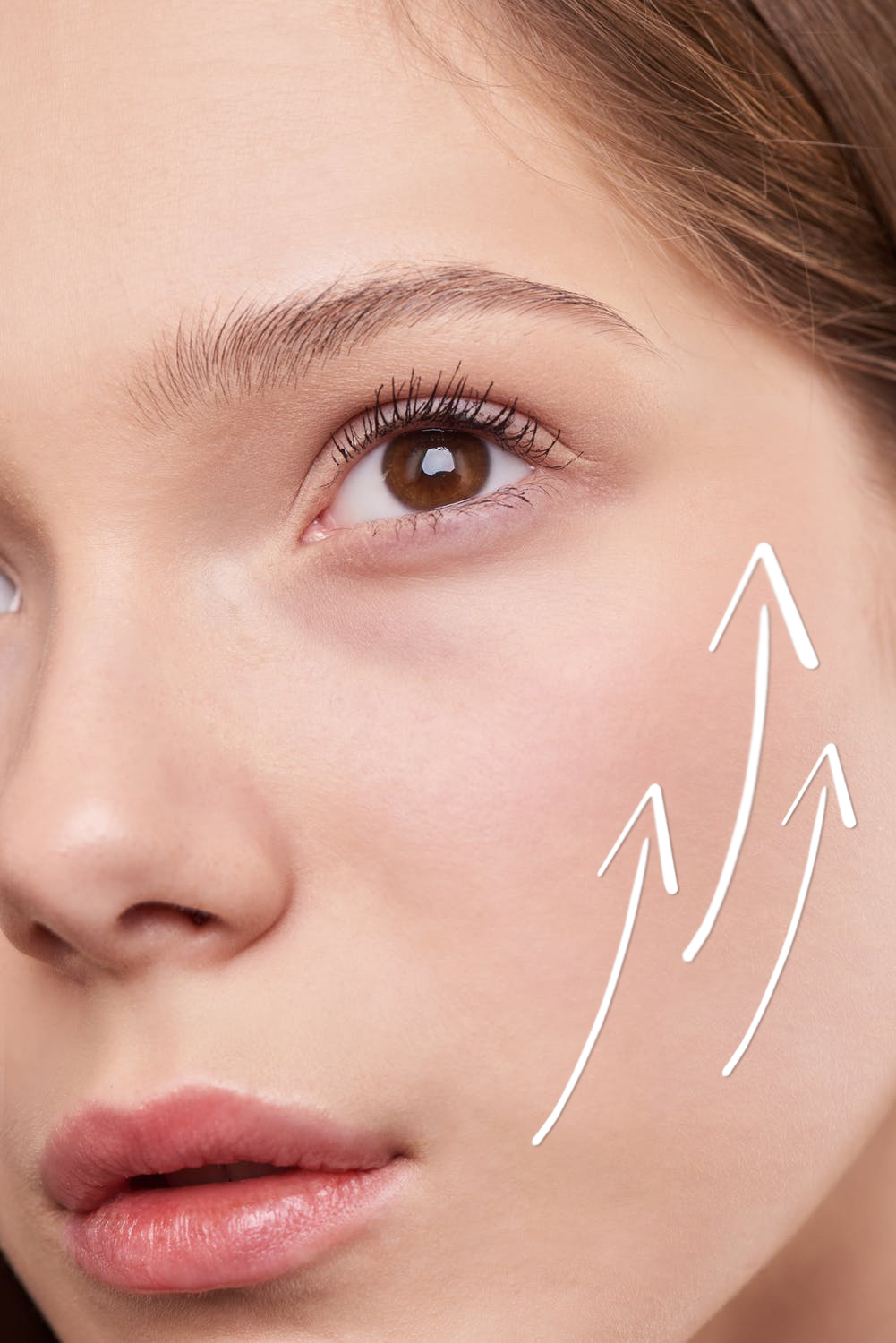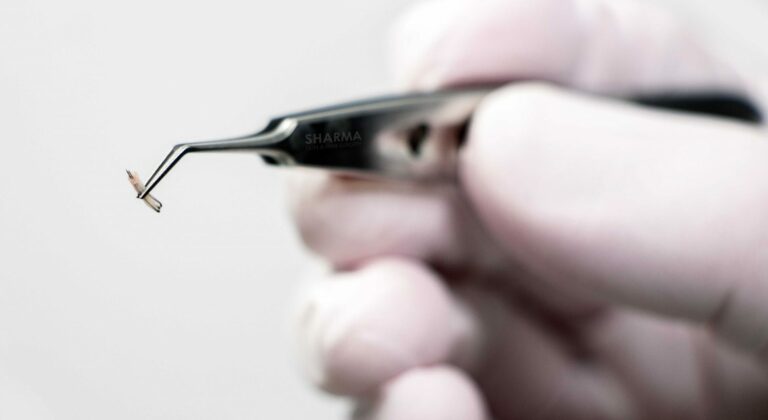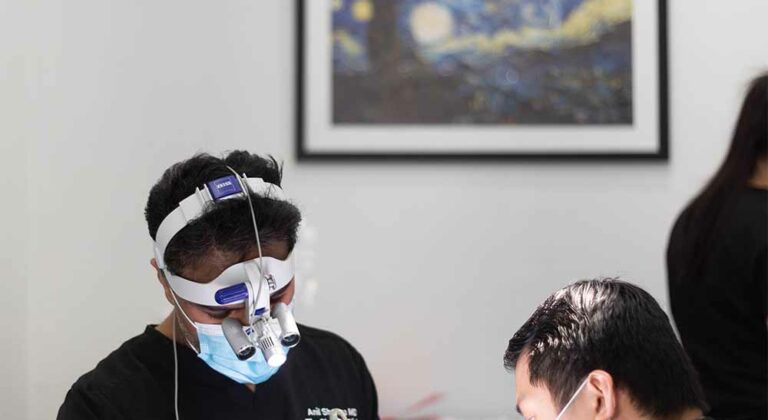A facelift, also known as a rhytidectomy, is a cosmetic facial surgical procedure. The primary goal of a facelift is to create a more youthful appearance by reducing laxity, sagging, and/or folds on the cheeks, jawline, mouth (marionette lines), and neck. Facelifts can also be performed in combination with a forehead and eyelid lift (“blepharoplasty”) or a rhinoplasty.
Generally speaking, facelifts involve three main steps: incision, the procedure, and closure. Facelifts involve pulling back a portion of skin on each side of the patient’s face, with tissues below the skin surgically modified to improve the facial contour of the face, making it appear younger. This process allows the skin to be elevated and the underlying muscles (platysma) and tissues to be tightened. The facial skin in then pulled over the new facial contours. Excess skin is removed before the skin portions are sutured shut.
Depending on the techniques used by the surgeon and individual patient preferences, the incision types can vary. Traditional facelift incisions begin in the hairline at the temples, pass in front of the ears, and end behind the ears in the lower scalp. Neck lift incisions begin in front of the earlobe and continue around the ear to the lower scalp, along with a small incision under the chin. A limited incision is a smaller incision that begins in the hairline above the ear, goes in front of your ear, but does not go as far as the lower scalp.
The procedure typically takes 2.5 – 3.5 hours for a traditional facelift. If other procedures such as a forehead lift are included, the procedure may take several hours longer. Candidates for facelifts tend to be between the ages of 40 – 70, with some patients being well into their 80’s.
Types of facelifts
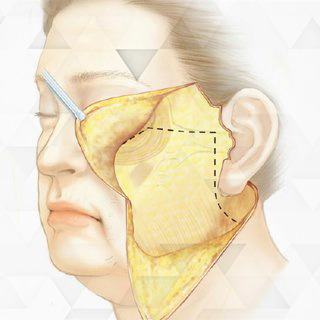
SMAS Facelift
SMAS (superficial musculoaponeurotic system) refers to a thin fibrous layer that extends over the front of the face and neck, supports important movement-related muscles in your face, and extends with the platysma neck muscle. SMAS facelifts target the mid and lower part of the face and neck, including the areas associated with smile lines (“nasolabial folds”) and sagging cheeks and jowls. The incisions made are similar to a traditional facelift. The surgeon then performs a superficial dissection using facelift scissors.
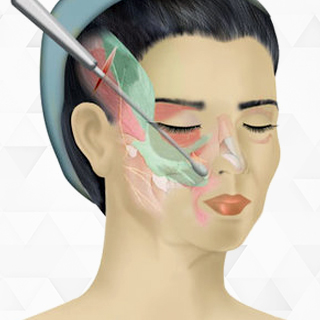
Subperiosteal Facelift
A subperiosteal facelift targets the top part of the face and lifts the soft tissues of the face vertically, allowing for soft tissue repositioning and remodeling. A relatively small portion of hair is removed in order to make a small incision across the front of the forehead. Subperiosteal facelifts focus on three points of the face that are elevated and repositioned to correct drops in the cheeks and nasolabial region. Given the depth of the incisions required by this method, longer recovery times can be expected due to increased swelling.
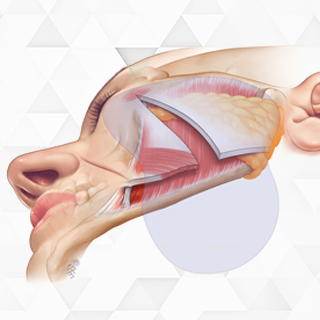
Plicated SMAS Facelift
Similar to the SMAS facelift, the plicated SMAS facelift addresses the mid and lower face. The main difference between the two is that the plicated SMAS method suspends the SMAS using plication techniques, which allows for the lack of further incision.
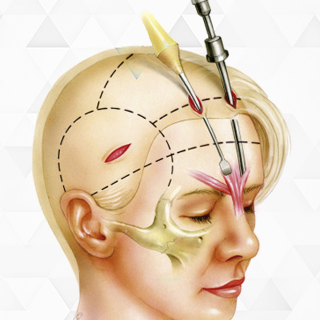
Endoscopic Facelift
This minimally invasive surgical procedure targets the skin around the forehead, eyes, and cheeks. If a patient requires repositioning of underlying muscle, an endoscopic facelift is not recommended as the patient will not be able to achieve the desired results. Endoscopic facelifts are meant for patients seeking to remove flat cheeks or other minor imperfections.
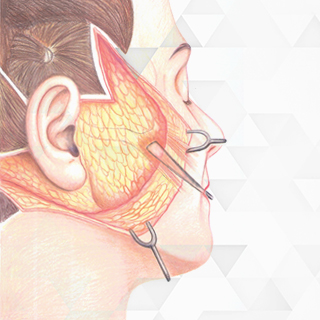
Deep Plane Facelift
A deep plane facelift runs further towards the centre of the face and starts with the same incisions as the SMAS facelift. Deep plane facelifts can target the mid and lower face as well as the neck and aims to correct double chins, sagging in the midface, and jowls.
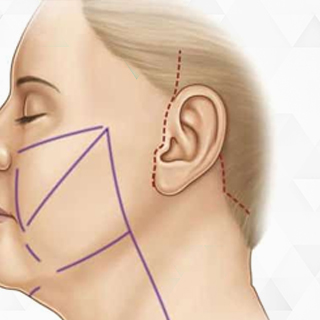
Mini Facelift
A mini facelift combines the suspension of the SMAS procedure with a very small incision. There are many other names associated with mini facelifts, including s-lifts, weekend facelifts, lunchtime facelifts, short scar facelifts, and ponytail facelifts. Mini facelift incisions don’t extend as far as the incisions for traditional facelifts.
Choose from in-clinic or virtual consultations
Medically reviewed by
Updated on
Have a question?
Find out how we can help you look feel your absolute best
Contact us 780-476-7970